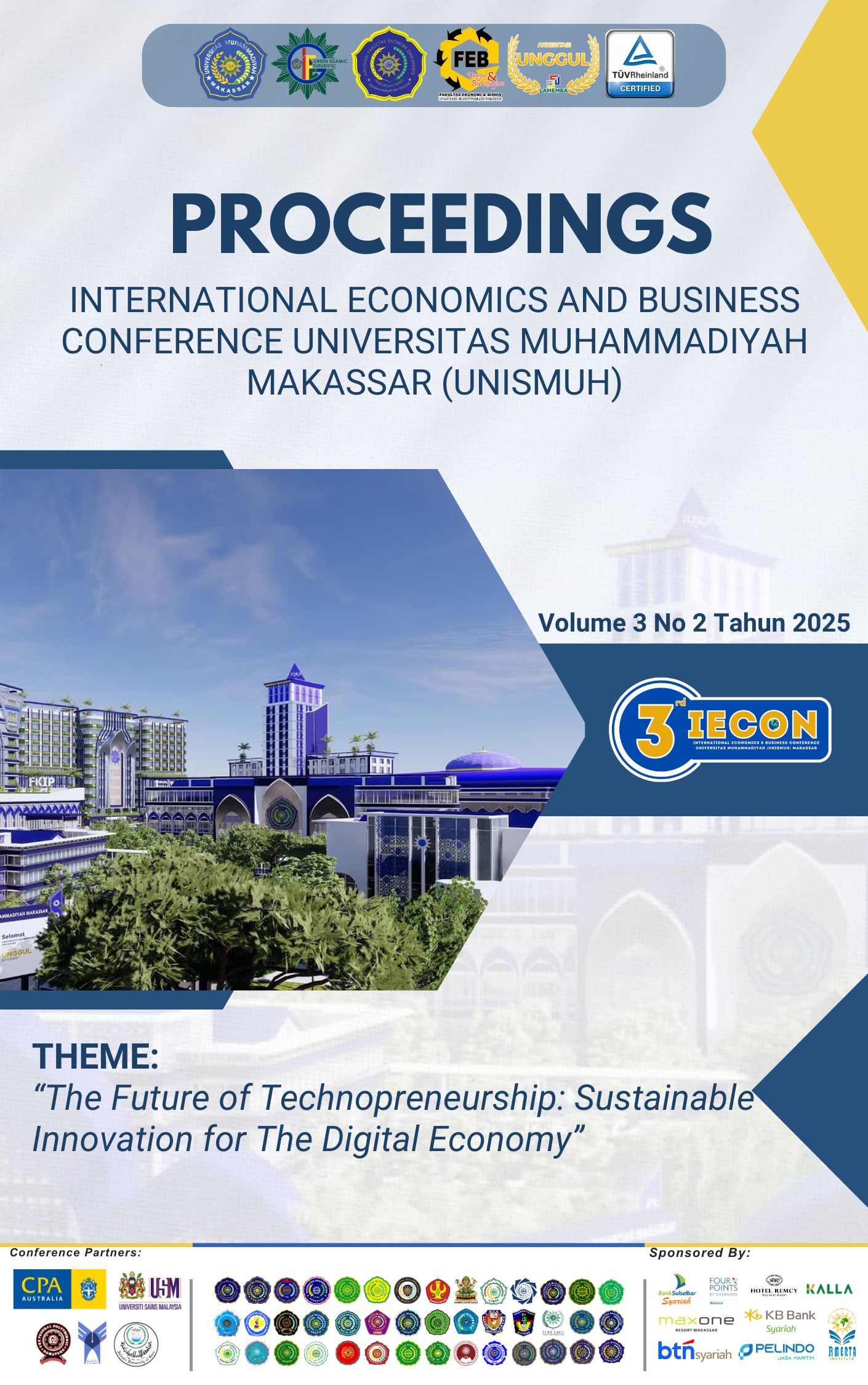Proving That Forecasting Using The Exponential Single Smoothing Method Is Useful: Study On The Procurement Of Office Stationery For Hospitals
Keywords:
Exponential Single Smoothing, Office Stationery Procurement, Hospital ForecastingAbstract
Procurement involves numerous activities, consisting of many material and information flows, it is not as simple as to just convey a need from an internal customer to a supplier and then deliver the item to the internal customer. Based on initial observations the author observed several problems in the process of forecasting the demand for general consumables, particularly office stationery. The selection of these consumables is based on their vital role in supporting daily administrative activities within the hospital environment, making them a relevant subject for studying patterns of recurring and consistent demand. Currently, the process of forecasting the demand for general consumables is still carried out in a simple manner, namely by referring to the previous year's usage data and then adding 20% to the projection for the following year. This research is an implementative form of forecasting formulas, so the data required in this research is dominated by secondary data. This study uses the single exponential smoothing forecasting method as the basis for data analysis. Single exponential smoothing (SES) is a simple yet effective time series forecasting technique, in which historical data is treated by assigning exponentially decreasing weights to past observations. The forecasting results indicate that this method is quite effective in generating estimates of office stationery requirements, particularly for items with relatively stable demand patterns. This is evidenced by the low MAPE values for several items, such as F4 60g paper (5.31%), document keeper (5.70%), quarto 100 book (5.82%), folio 100 book (8.65%), and board marker (8.68%). A MAPE value below 10% indicates that the error rate is relatively small, so the forecasting results can be categorized as highly accurate. Conversely, there are several items that show a fairly high MAPE value, above 20%, including F4 70g paper (26.68%), permanent markers (24.21%), clear tape 5 cm (20.12%), and black ballpoint pens (20%). The high MAPE values for these items indicate that the forecasting model is unable to accurately capture demand patterns. This is due to high demand fluctuations and changes in consumption patterns.
Downloads
Additional Files
Published
Issue
Section
License
Copyright (c) 2025 IECON: International Economics and Business Conference

This work is licensed under a Creative Commons Attribution-NonCommercial-NoDerivatives 4.0 International License.















